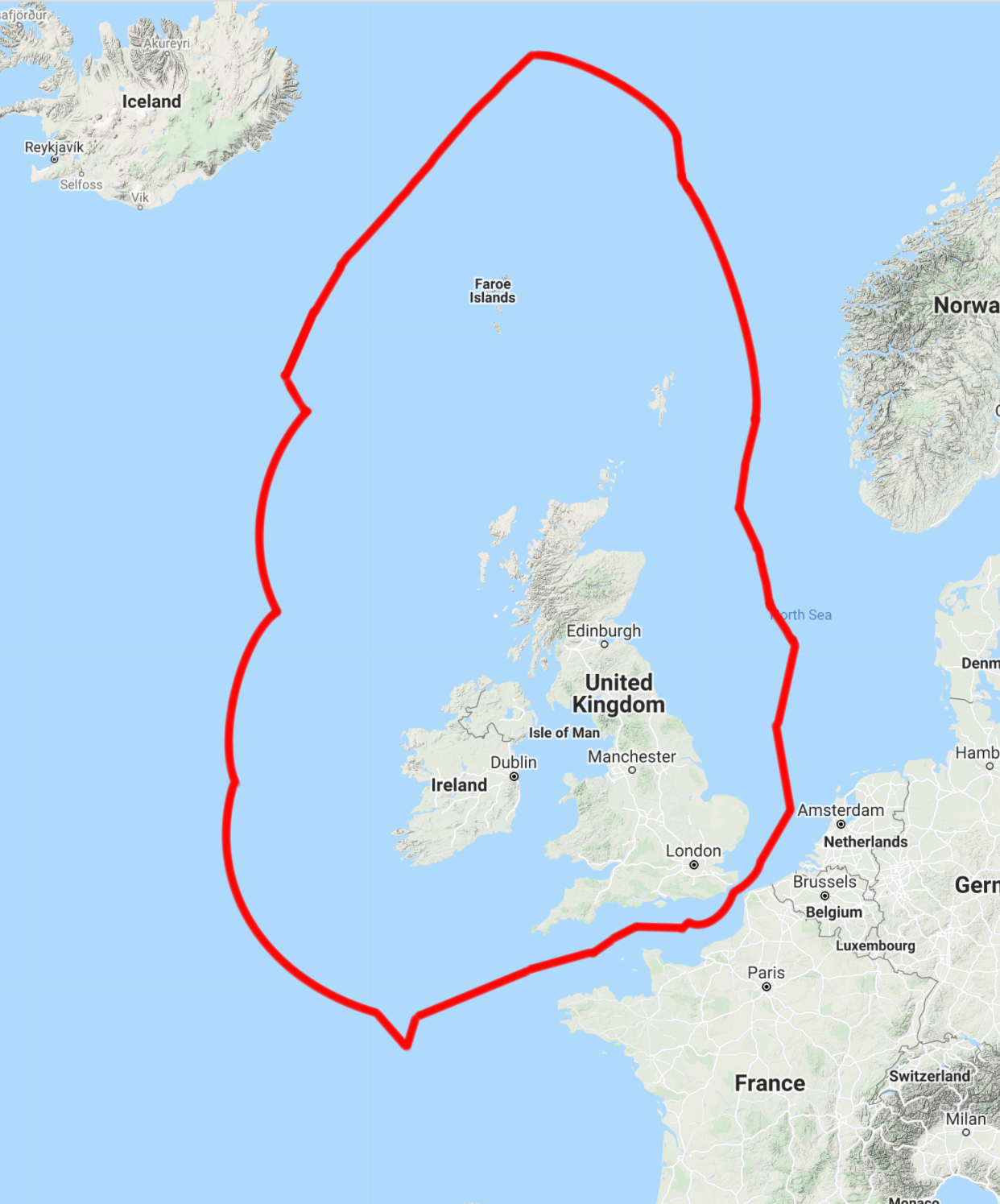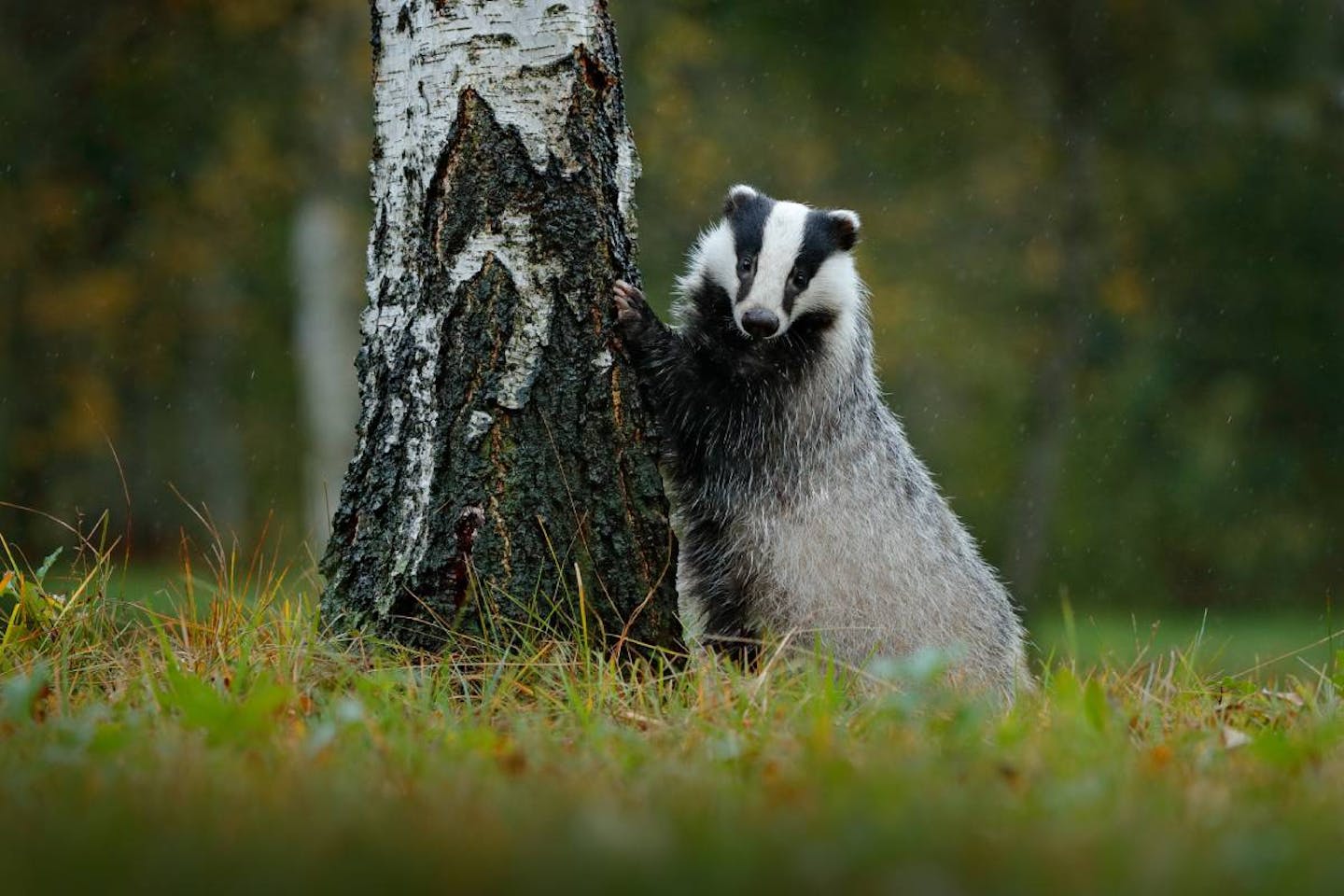Eurasian badgers: distinguished-looking predators that keep the forest balanced
One Earth's “Species of the Week” series highlights the flagship species of each of the 844 unique ecoregions contained within Earth’s bioregions.
In many cartoons with talking animals, the most sophisticated or intelligent character is often portrayed by an Eurasian badger. Perhaps, it is the alternating black and white stripes across their face giving a tuxedo-like appearance. Maybe it’s their round noses, so symmetrical they resemble a plushie or their smooth coat which is a stark contrast to the American badger’s scruffy look. Whatever the case may be, the Eurasian badger has filled European folklore all while keeping European forests healthy.
Measuring about 55-88 cm (22–35 in) in length with a tail extending another 12-50 cm (5-20 in), Eurasian badgers move quickly through woodlands and grasslands. Their weight varies depending on the season. In the spring, they average 7–13 kg (15–29 lb) and in the winter, 15–17 kg (33–37 lb). They are nocturnal, sleeping throughout the day and foraging for food at night.

Eurasian badgers are the flagship species of the English Lowlands Beech Forests ecoregion, located in the bioregion of Great Britain, Ireland & Faroe Islands (PA9).
Badgers are among one of the most important predators in their ecosystem. They eat mice, voles, gophers, rabbits, and other burrowing animals as well as birds, insects, and reptiles which acts as a natural pest control. Earthworms are also an important food source and the process of rooting around for them helps keep the forest’s soil fresh. Good soil results in better vegetation growth which leads to more carbon sequestration and oxygen production.
Forming groups of six adults or more, Eurasian badgers are the most social of badgers. They have even been observed coexisting with red foxes. A relationship where the foxes provide badgers with food scraps, while the badgers maintain their shared burrow's cleanliness. When living with their own species, Eurasian badgers groom each other very thoroughly with their claws and teeth.

Male badgers typically mate with one female for life, whereas sows have been known to mate with more than one boar. The average litter consists of one to five offspring. Subordinate females assist mothers in their colony with guarding, feeding, and grooming the cubs. Most Eurasian badgers stay in their parental colonies. They can live up to fifteen years in the wild.
In Irish mythology, badgers are portrayed as shapeshifters and kinsmen to King Tadg. German folklore depicts them as cautious, peace-loving creatures who represent a love of home, family, and comfort. With this adoration and the species’ stealth burrowing skills, their population numbers are healthy and thriving from England to Spain, all the way to the edges of Russia, China, and Japan.
Interested in learning more about the bioregions of Western Eurasia? Use One Earth's interactive Navigator to explore bioregions around the world.
Launch Bioregion Navigator

